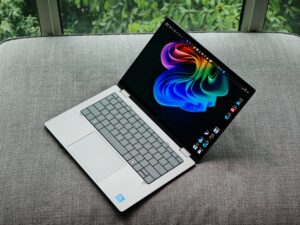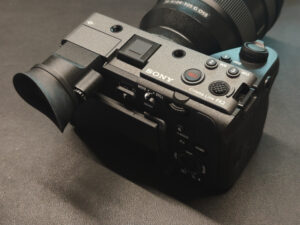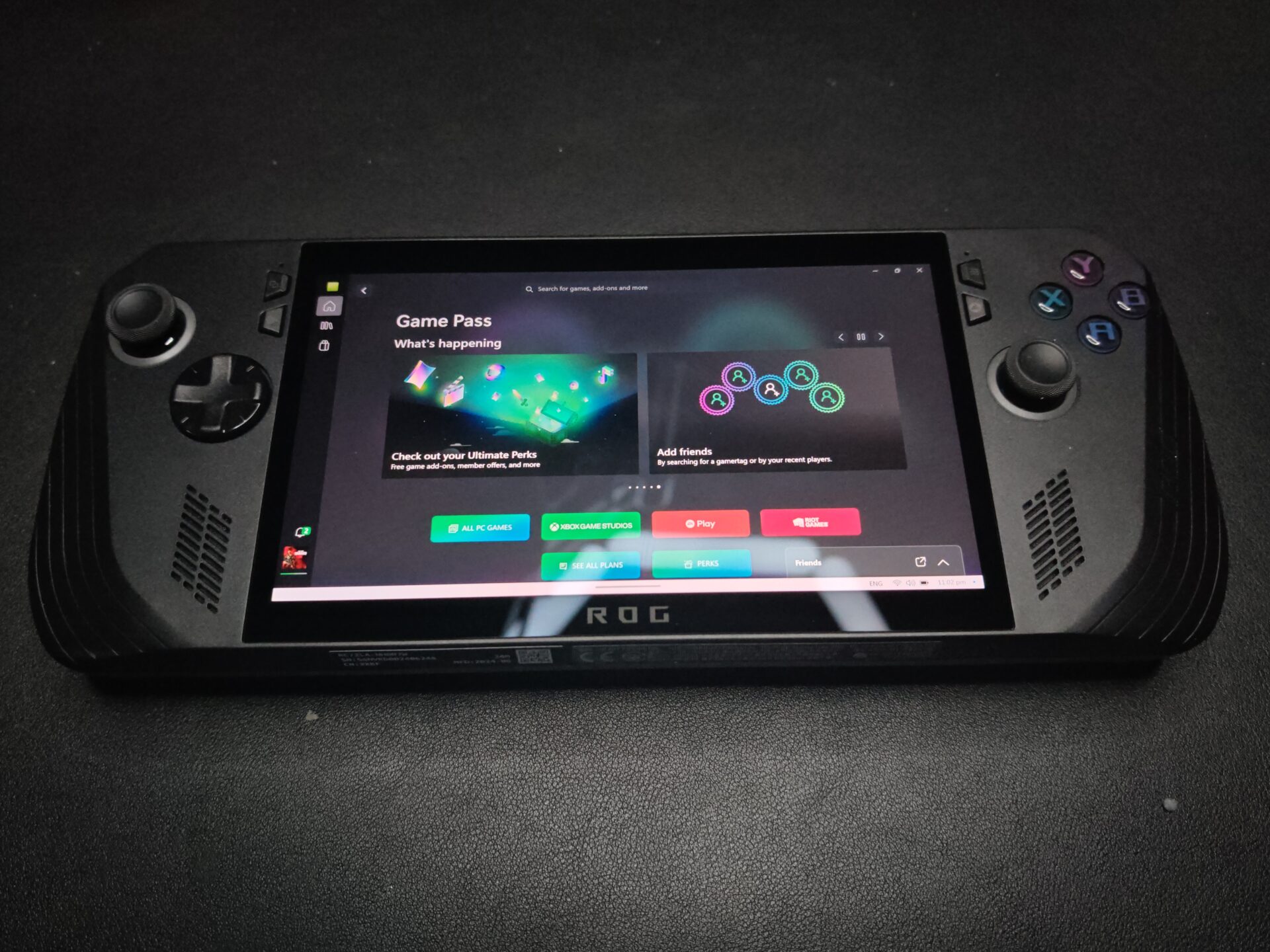
When I first saw the Asus ROG Ally X at Computex 2024 in June, I was struck by how much the updated game deck looked like the original ROG Ally from last year.
Well, after trying out the new device here in Singapore recently, I’m happy to say the improvements in the new model are mostly under the hood. Okay, along with better ergonomics as well.
The ROG Ally X uses the AMD Ryzen Z1 Extreme chip and comes with a sizeable 24GB of LPDDR5X-7500 memory. For comparison, many entry- to mid-level laptops offer 16GB.
Asus has also doubled the storage space on the new game deck to 1TB, allowing more games to be squeezed into the portable machine. Again, that’s decent, as laptops offer 1TB in mid-level configurations today.
The more powerful hardware is reflected in our tests as well. Using the benchmark in the Forza game, the Ally X achieved 44 frames per second, good enough for some racing fun while on the morning commute, for example.
Asus has also kept the 7-inch screen at 1080p with a zippy refresh rate of 120Hz. Even though it has 500 nits of brightness, it is best to play in the shade or inside your favourite cafe for the best visual experience.
The battery capacity has also doubled for longer playing sessions, and it can be charged faster at 100W. The bad news is that Asus still packs the old 65W charger in the box. To juice up the device quickly, it would be best if you considered buying a separate 100W GaN charger for the ROG Ally X.
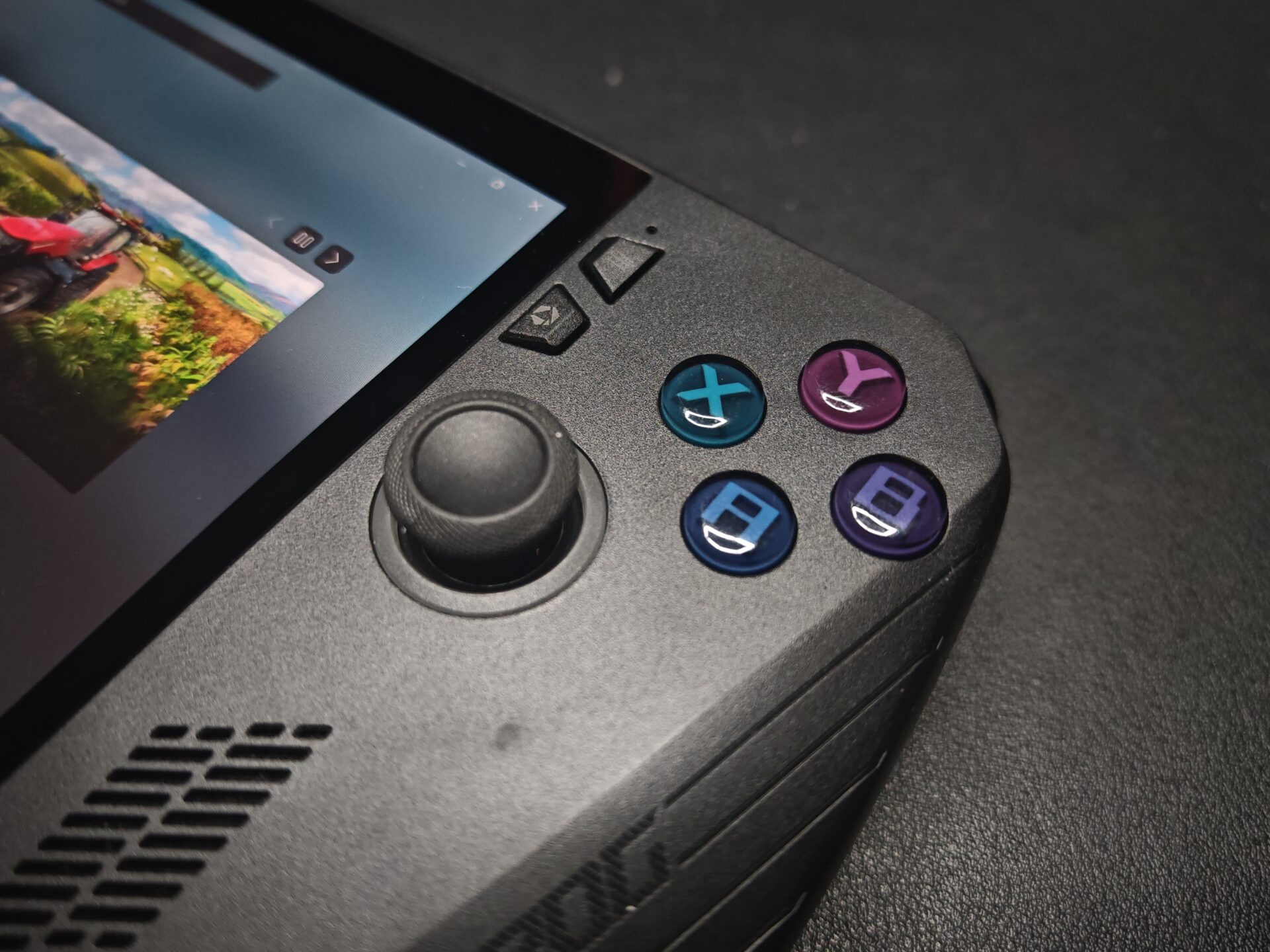
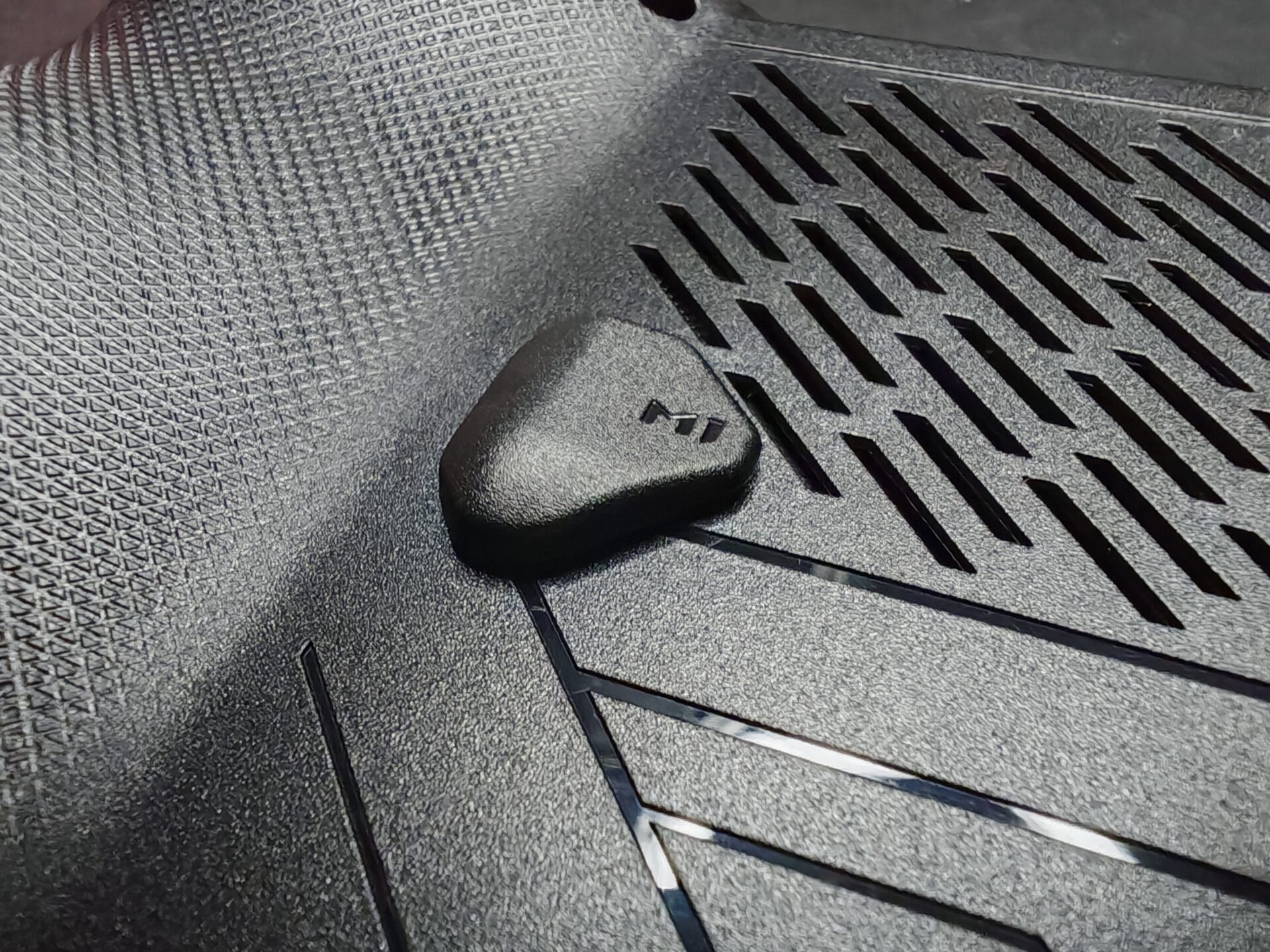
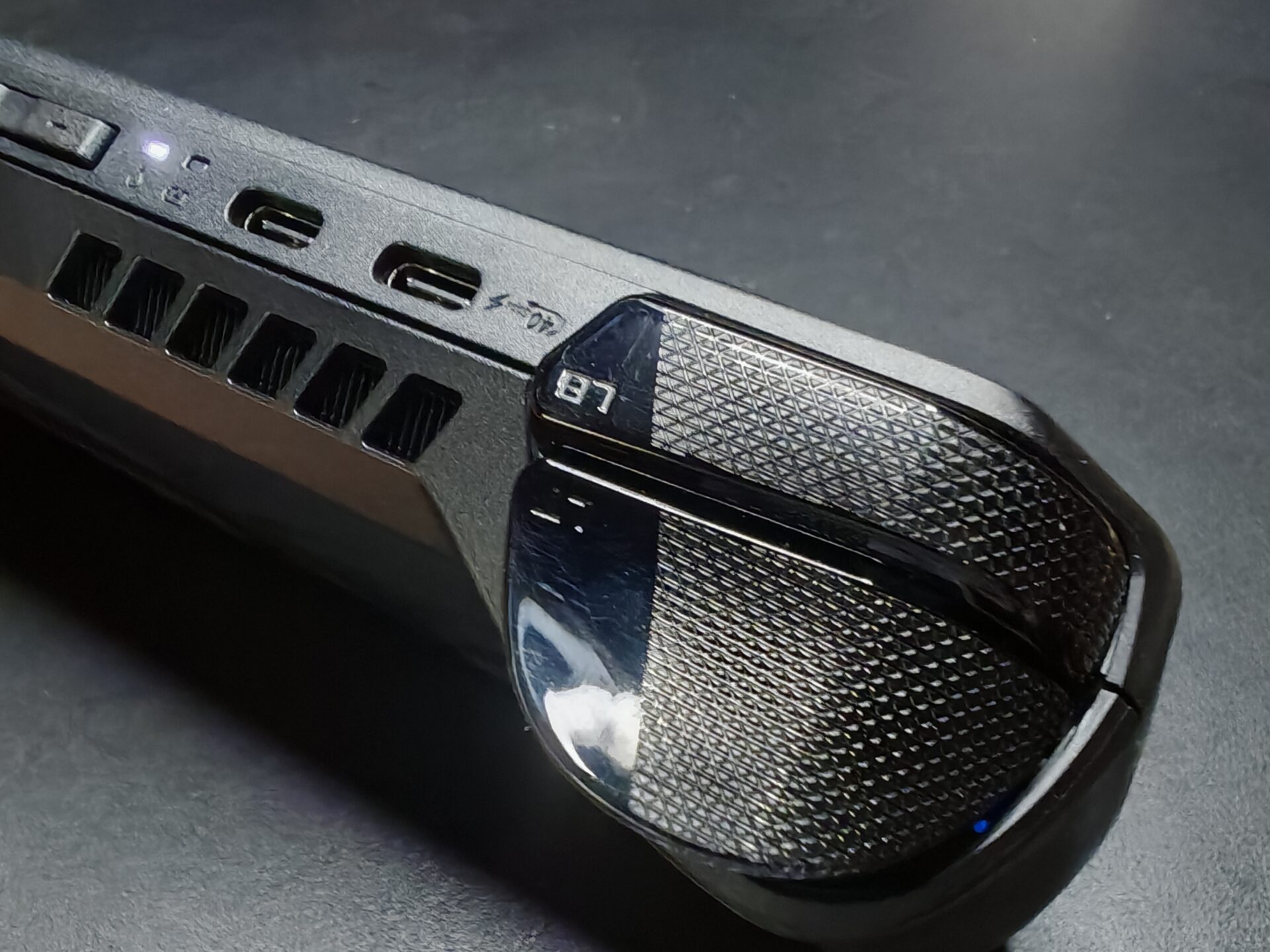
The most obvious refinement in the Ally X is seen in the controls. The D-pad now has eight-way indicators over the old version’s four-way indicator.
The joysticks and the buttons have a more satisfying resistance to them for better control and feedback. The grip has become beefier with the two smaller buttons at the rear to prevent any accidental touches.
Playing on the Ally X feels similar to playing on the Nintendo Switch, but the Asus device has much sharper and faster graphics for racing games such as Forza or third-person games like Flintlock.
The controls are generally very responsive, although I wish the LB/RB buttons protruded a little more so I wouldn’t accidentally trigger the L1/R1 triggers in the heat of battle.
The speakers do feel louder than before with a wider sound stage, but they are nowhere near immersive. For a more pleasing audio experience, hook up your favourite headphones and enjoy better bass response.
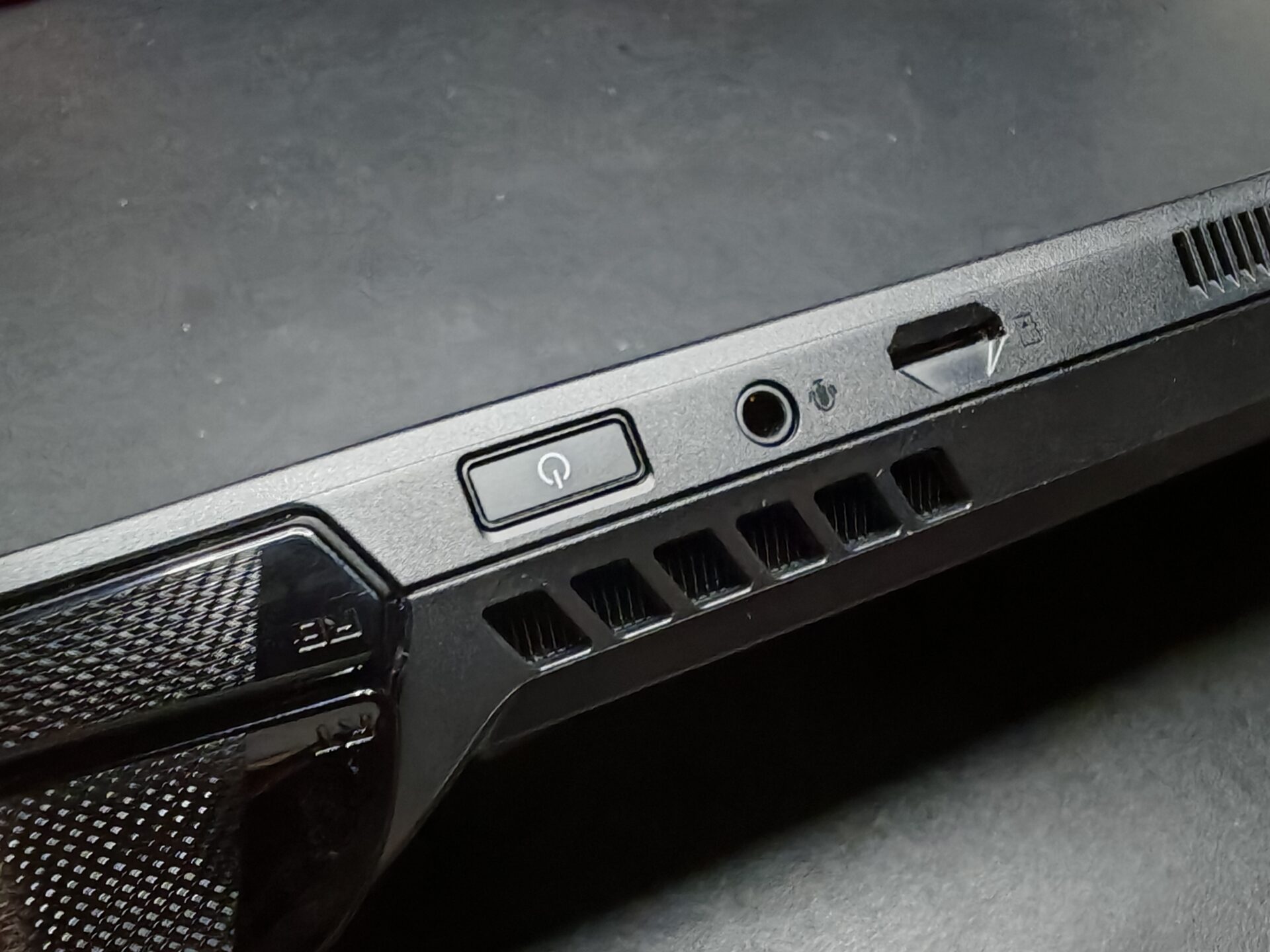
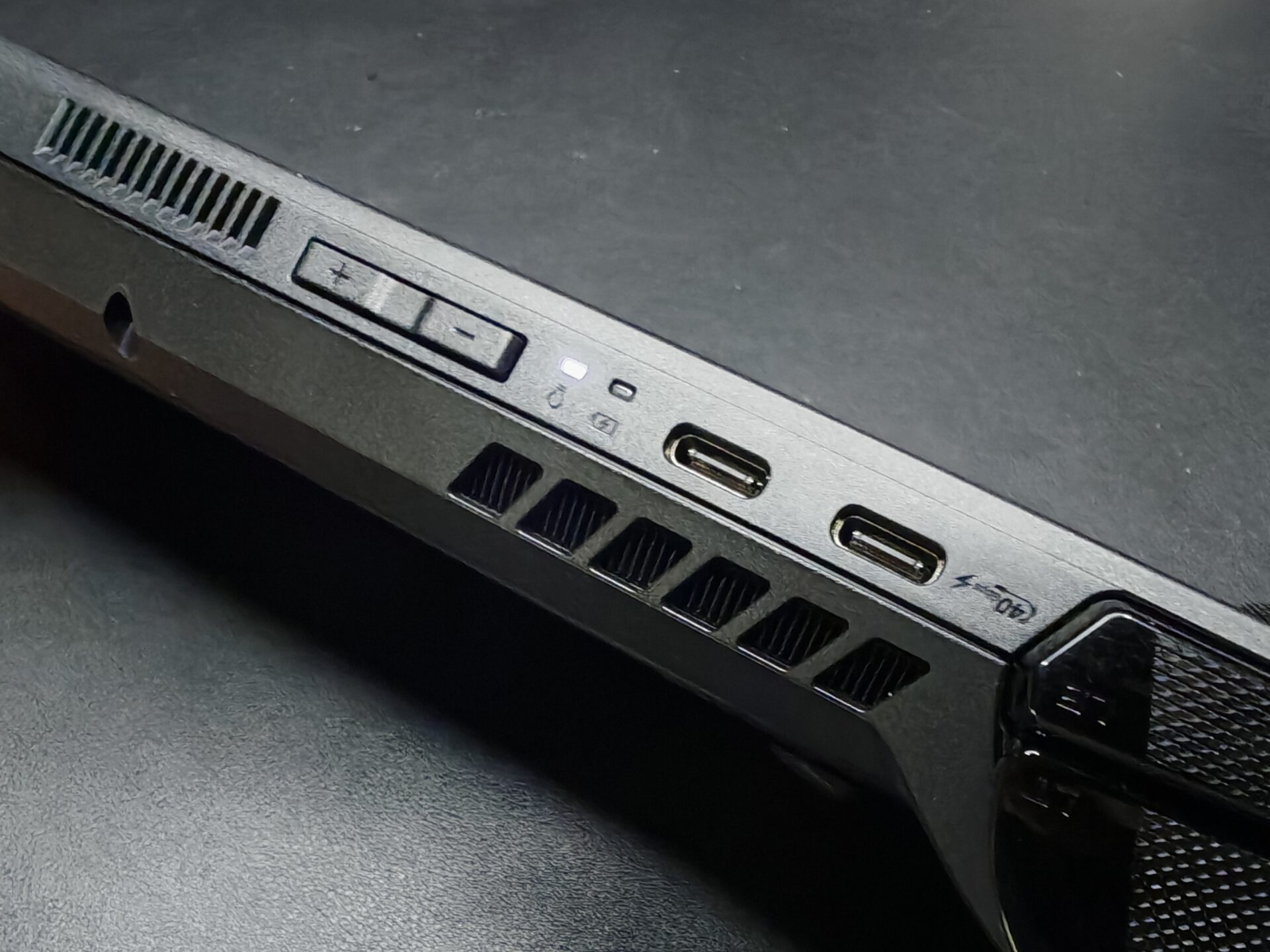
With all its computing power, the Ally X is also a good candidate for editing videos and photos while you are travelling. It even has a microSD card slot to transfer photos from my action camera and drone.
Happily, Asus has let go of its proprietary XG Mobile connector. It is replaced by a USB4 Type-C port that can be used to connect to a wired network connection via a dongle or to a larger computer screen.
However, for that to be viable, additional hardware like a Bluetooth keyboard, mouse and stylus should be included in the list of accessories to buy along with the Ally X. I’d prefer a keyboard-mouse combo when playing a first-person shooter. All this adds cost, of course.
While the Ally X is a clear upgrade, there are areas for improvement. For one, the touch-enabled screen can be bigger because the native font is a touch too small for you to fiddle around with your fingers.
Take note of heat as well. Despite the improved cooling system with 77-blade fans forcing cool air into the device, the Ally X still feels warm around the screen and parts of the casing. Good news is that the device doesn’t slow down even during the most intense battles on screen.
The ROG Ally X is now available in black for S$1,199. Although it is more expensive than the ROG Ally (S$1,009), the increase in memory, storage, and battery, and better overall ergonomics make up for the premium.


